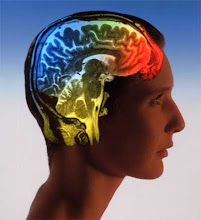You can liken the problem to the difficulty in comprehending the large quantities of size and distance in the field of astrophysics. A commonly used analogy for planetary sizes is the relative sizes of fruits. I've come across a couple of examples recently of using comparison images, such as this example of the planets Earth and Neptune.
 These maintain the key idea (size ratio), while leaving out such minor details as actual sizes or positions. So an analogy has one key characteristics of what we are attempting to explain, with other details being ignored. Many models and theories in psychology also rely on analogies in a sense, computer analogies being especially popular.
These maintain the key idea (size ratio), while leaving out such minor details as actual sizes or positions. So an analogy has one key characteristics of what we are attempting to explain, with other details being ignored. Many models and theories in psychology also rely on analogies in a sense, computer analogies being especially popular.The concept of analogy also comes into IQ testing, with items such as:
"Hand is to palm as foot is to ____?"
These ask people to recognise that two different relationships have a common pattern. Artificial intelligence researcher Douglas Hofstadter feels this is so fundamental to thought, that he says in an interview, "analogy is really at the core of thinking", and describes it as "stripping away irrelevancies to get at the gist of things".

No comments:
Post a Comment